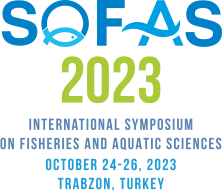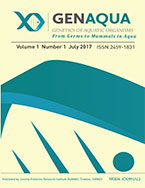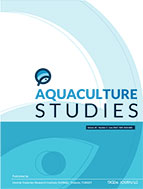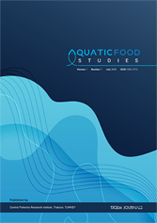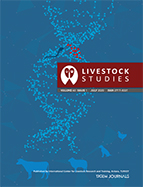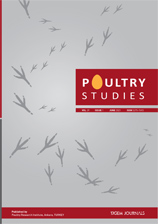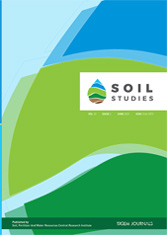Turkish Journal of Fisheries and Aquatic Sciences
2024, Vol 24, Num, 12 (Pages: TRJFAS 26568)
Long-Term Changes in Light Attenuation in the Sea of Marmara
2 Turkish Marine Research Foundation, İstanbul, Türkiye DOI : 10.4194/TRJFAS 26568 Viewed : 758 - Downloaded : 643 Primary production, which drives the development of marine ecosystems, is largely dependent on the light present in the water column. Therefore, understanding the attenuation coefficient (Kd (PAR)) is crucial for describing underwater light variability. This study reveals the regional and seasonal characteristics of light attenuation in the Sea of Marmara for the first time. A 10-year time series (2000-2009) of Kd from the northeastern Sea of Marmara was analyzed and compared with seasonal values from the entire Sea of Marmara in 2021. Between 2000 and 2009, the coefficient ranged from 0.139 to 0.539 m⁻¹, with a mean of 0.220 m⁻¹ and a standard deviation of 0.063. The highest values occurred in winter and spring, while the lowest were in autumn and summer. Variations in attenuation coefficients were inversely related to the euphotic zone depth. In 2021, Kd values ranged from 0.123 to 0.443 m⁻¹, with a mean of 0.247 m⁻¹. During the summer of 2021, when mucilage was present, the attenuation coefficient was lowest at the surface and increased with depth, indicating that larger mucilage aggregates affect light penetration significantly. Coastal areas and bays were classified as turbid, while deeper areas were moderately turbid based on the attenuation coefficient. This work will serve as an important reference for research on marine ecosystems, water quality, modeling, remote sensing and climate change, and will improve our understanding of their impacts at the ecosystem level. These insights are vital for both science and policy, particularly in the areas of conservation, resource management and climate resilience. The results can lead to practical outcomes such as improved monitoring tools, better predictive models and more effective management strategies. Keywords : Attenuation coefficient Photosynthetically active radiation Sea of Marmara



